Are you a student preparing for the 2025 WAEC Physics exam? Understanding the concepts and laws that govern the physical world will not only help you in your exams but also everyday life. Physics is the science that explains how things move, how energy flows, how forces interact, and how the universe operates on every scale from tiny atoms to massive galaxies. Understanding physics can make the world seem less mysterious and much more interesting.
The WAEC syllabus for Physics aims to equip students with a comprehensive understanding of fundamental principles and their real-world applications. It emphasizes the development of scientific skills, problem-solving abilities, and a deeper appreciation of the relevance of physics in daily life and across other disciplines.
In this article, we will show you the WAEC syllabus for Physics 2025, showing you what to expect in the exam and how you can connect these concepts to real-life experiences. The information provided in this article about this syllabus will guide you in mastering it. Read this article carefully to be guided!
WAEC Syllabus for Physics 2025
The WAEC Physics Syllabus is like a guidebook that shows students and teachers exactly what topics will be covered in the exam. If you are taking Physics in the 2025 WAEC, this syllabus tells you what to study and how deeply you need to go into each topic.
Key Areas of Study
Basic Concepts of Physics:
Students will first learn about fundamental concepts such as:
- Matter, position, motion, and time
- Energy and its types
- Fundamental and derived quantities and units
- Mass vs. weight
- Time measurement
- Fluid properties (density, pressure, volume)
- Archimedes’ principle and buoyancy
Types of Motion and Forces:
The syllabus introduces students to various types of motion and concepts such as:
- Random, rectilinear, translational, rotational, oscillatory motion
- Speed, velocity, and acceleration
- Types of force: Contact and non-contact forces
- Newton’s laws of motion
- Simple harmonic motion (S.H.M.)
- Centre of gravity and stability
Energy, Work, and Power:
A core focus is on energy, work, and power, explaining how energy is transferred through work and how energy is conserved. Key concepts include:
- Work and energy transfer
- Kinetic and potential energy
- Conservation of mechanical energy
- Power is the rate at doing work is done
- Application of mechanical energy (machines like levers, pulleys, etc.)
- Heat energy: Temperature, thermal expansion, specific heat, latent heat
Waves and Sound:
Students will dive into the study of waves. It covers:
- Production and propagation of mechanical waves
- Types of waves: Transverse and longitudinal
- Mathematical relationships (frequency, wavelength, velocity)
- Light waves: Reflection, refraction, lenses, and dispersion
- Sound waves: Properties, transmission, speed, resonance, harmonics
Electricity and Magnetism:
The section on electricity covers important concepts such as:
- Electric fields: Electrostatics, Coulomb’s law, and electric potential
- Electric circuits: Current, potential difference, resistance, energy, power
- Magnetic fields: Properties, electromagnets, and the Earth’s magnetic field
- Electromagnetic induction: Faraday’s law, Lenz’s law, power transmission
Atomic and Nuclear Physics:
In this section, students will explore atomic structures and the behavior of subatomic particles. They will study:
- Atomic structure and models
- Energy quantization, photoelectric effect, thermionic emission
- Nuclear reactions: Fusion and fission
- Radioactivity: Types and applications
Practical Skills and Problem-Solving:
Throughout the course, students will engage in practical experiments to develop their understanding of physics. These experiments will involve:
- Conducting experiments with proper techniques
- Measuring and recording data accurately
- Interpreting and analyzing experimental results
- Applying knowledge to solve real-world problems
Assessment Structure
The WAEC Physics exam consists of three papers:
- Paper 1: A 1¼-hour multiple-choice section with 50 questions.
- Paper 2: A 1½-hour written exam, divided into two sections—short-answer and essay questions.
- Paper 3: A practical test (or an alternative for private candidates) that evaluates experimental skills.
Conclusion
The WAEC Physics Syllabus is like a map that helps students and teachers know and understand exactly what topics will be covered in the exam. It is designed to give students a solid foundation in the fundamental concepts of physics. It ensures that students not only learn theoretical principles but also develop practical skills, critical thinking, and a deeper understanding of how physics applies to the world around them.
By focusing on and understanding the WAEC Syllabus for Physics, students will prepare effectively for their studies in their fields and also ensure they succeed in the 2025 WAEC examination. Bookmark this page for more updates and other related information, and don’t fail to share this information with your friends!
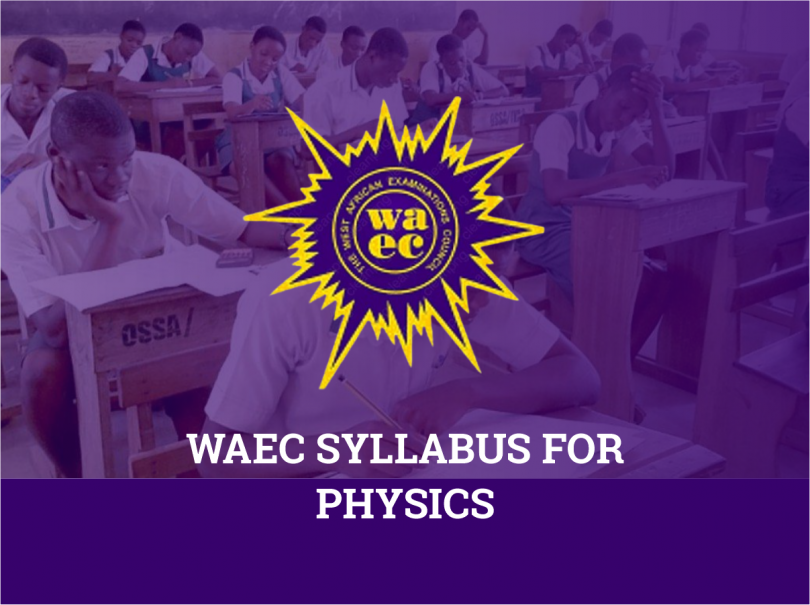
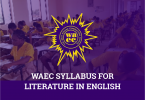
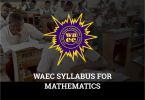

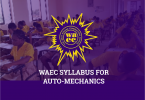
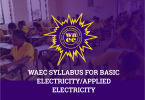

Leave a Comment